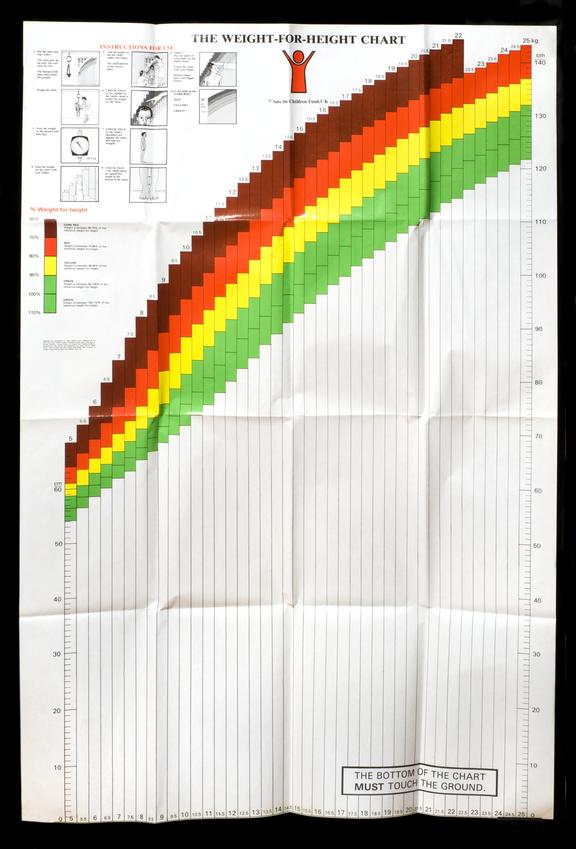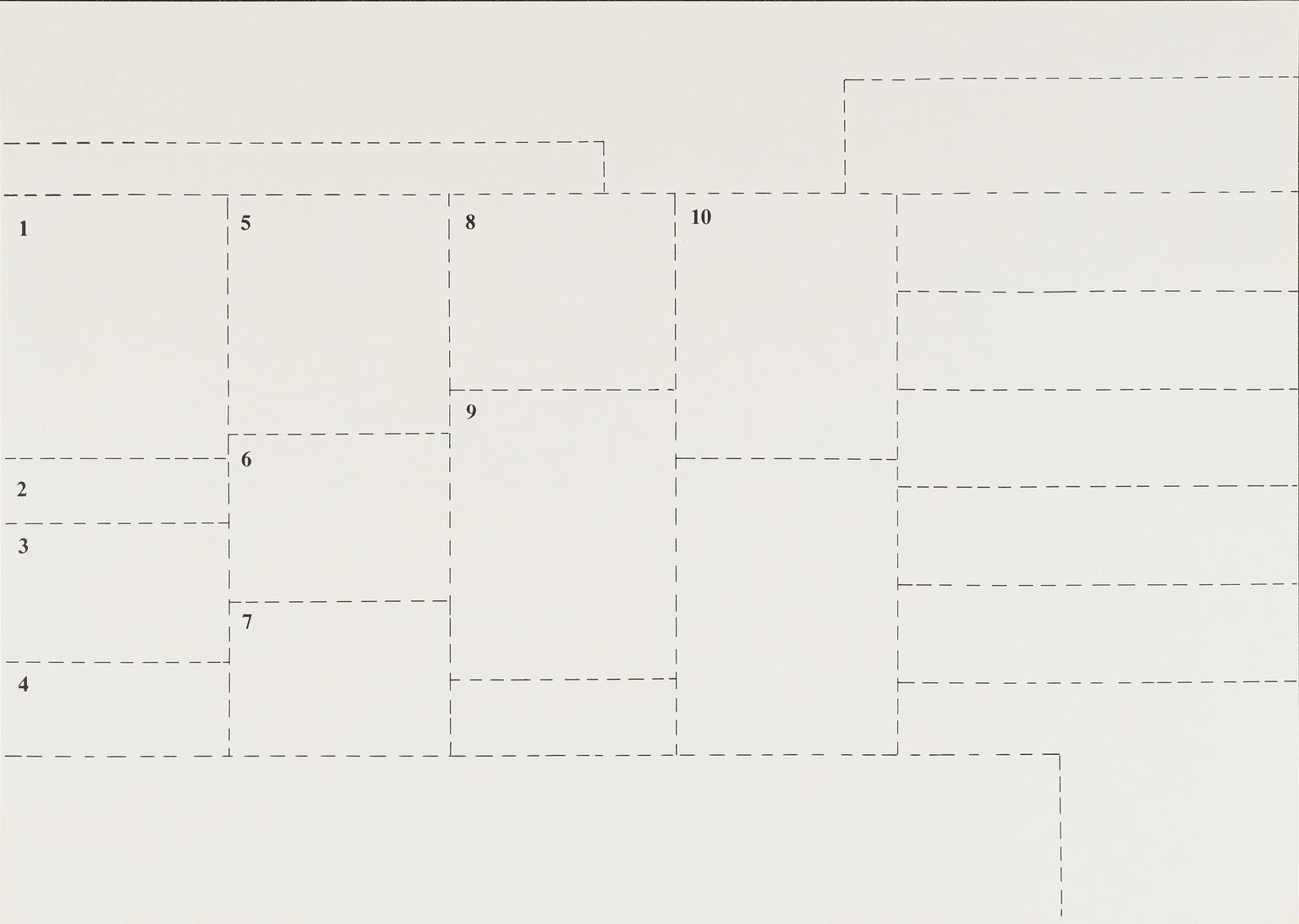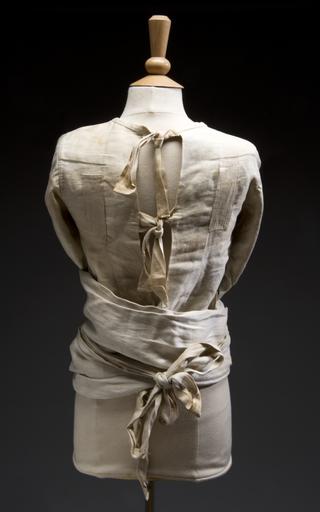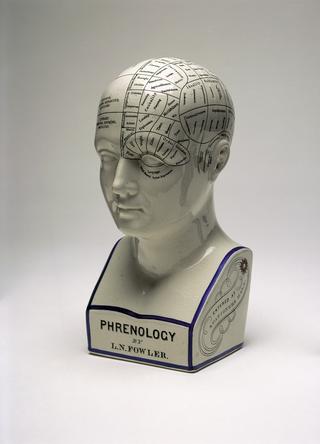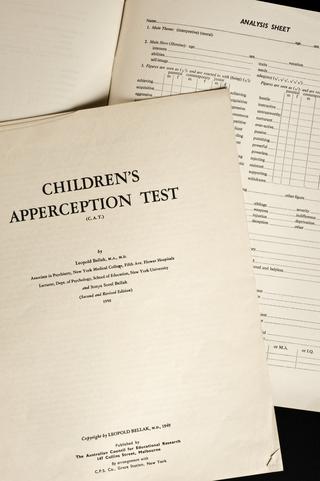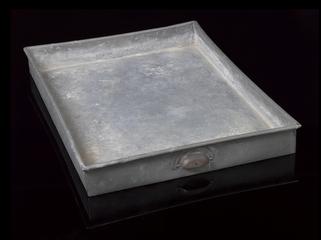TALC Growth Chart, Hertfordshire, England, 1992
Coloured Weight for Height Chart, used in the developing world for the monitoring of children's growth, can be used in conjunction with Child Health Charts, by TALC ( Teaching Aids at Low Cost), St. Albans, England, 1992
More
Growth rates of young children are plotted using this ‘Weight for Height Chart’. It was made by the charity Teaching Aids at Low Cost (TALC). The child’s weight is plotted on the paper chart and can then be compared against a ‘normal’ growth rate. Monitoring a child’s growth rate is one way of highlighting malnutrition and diagnosing the presence of disease. The chart was for use in the developing world. It is deliberately ‘low tech’.
TALC was founded by Professor David Morley in 1965. It was a response to overseas students requesting teaching materials they could use back in their own countries.
- Measurements:
-
overall: 1465 mm x 940 mm x 10 mm, .02 kg
- Materials:
- paper (fibre product)
- Object Number:
- 1992-891/1
- type:
- chart - graphic document




